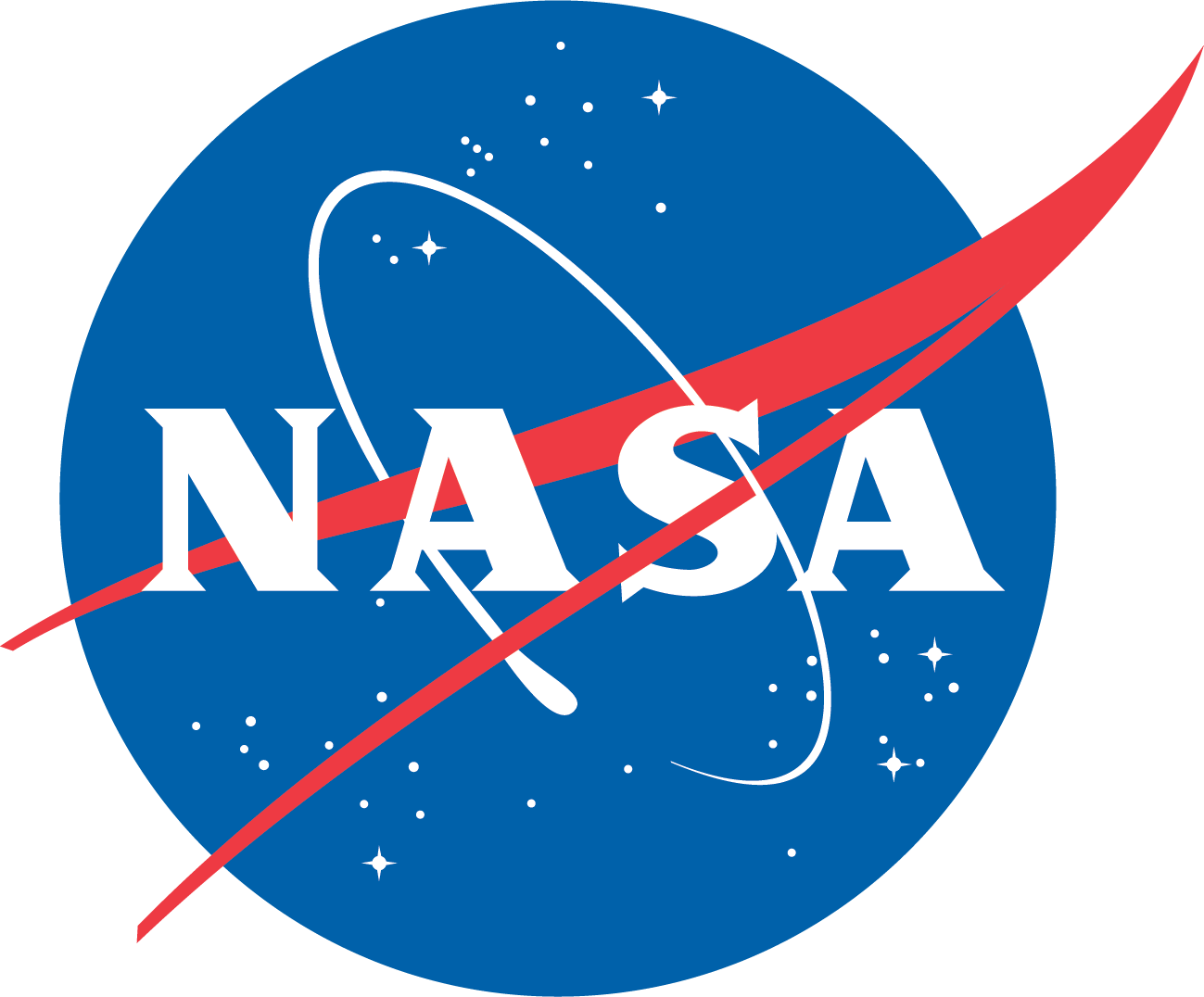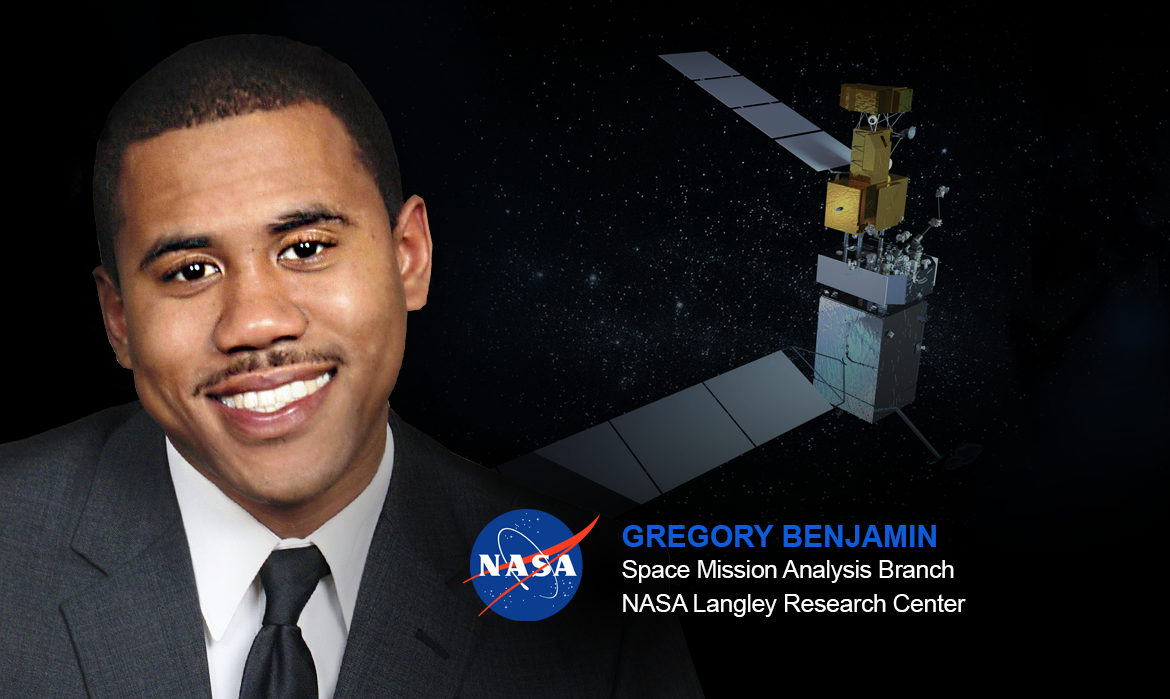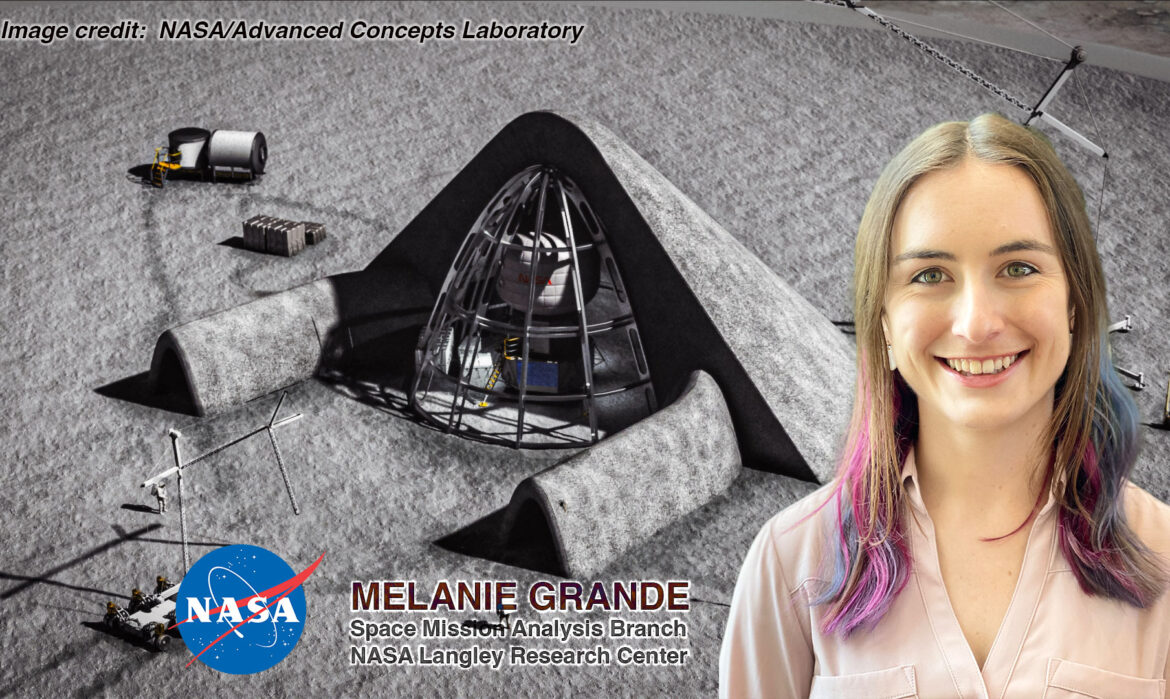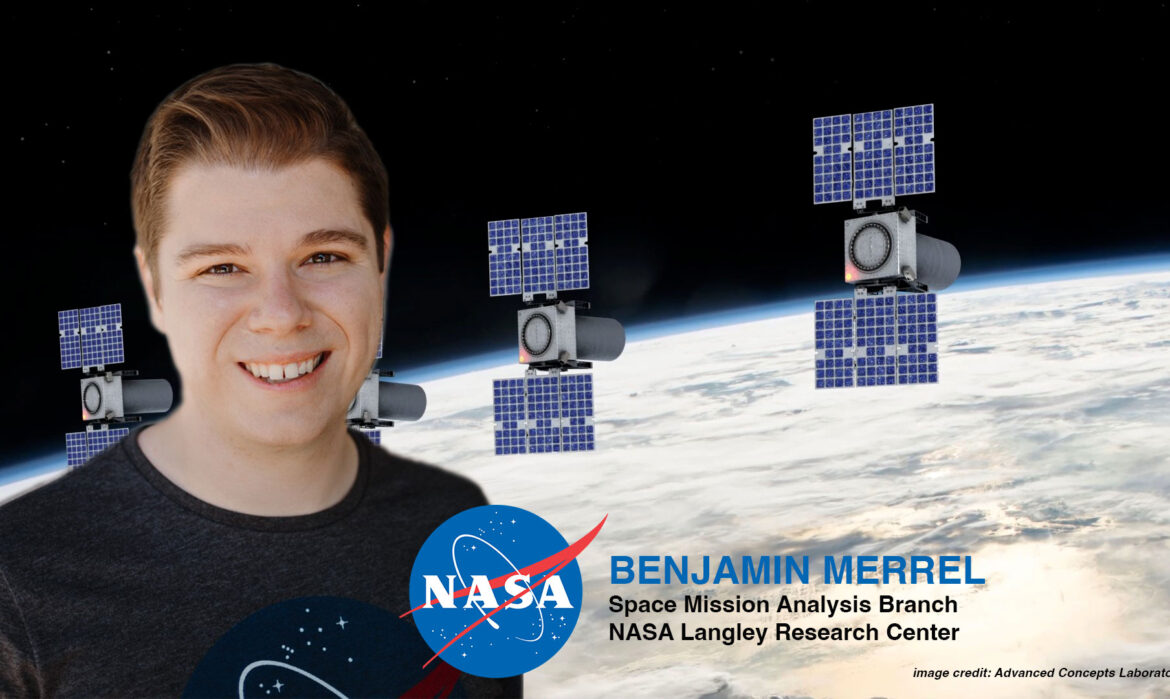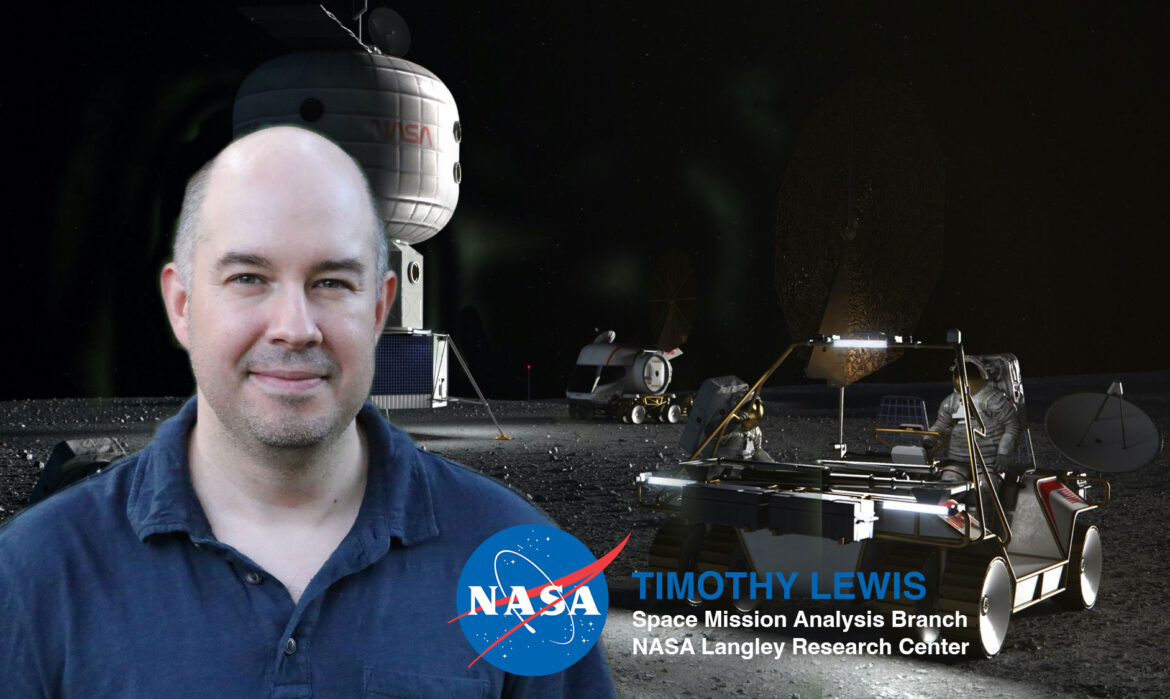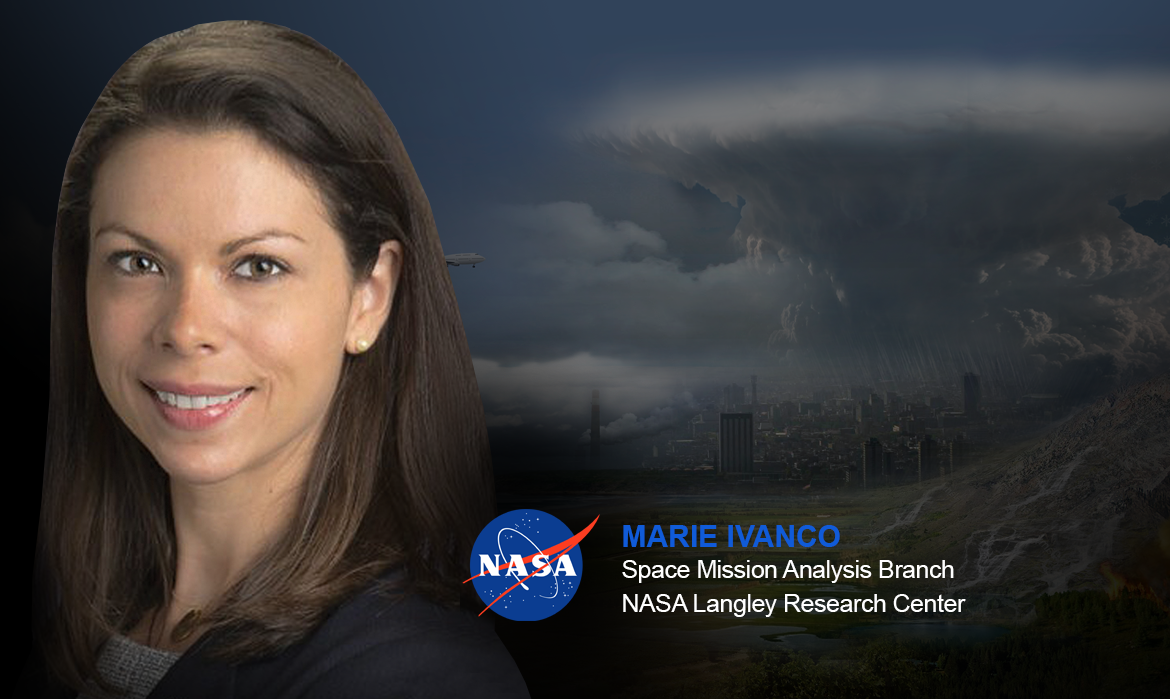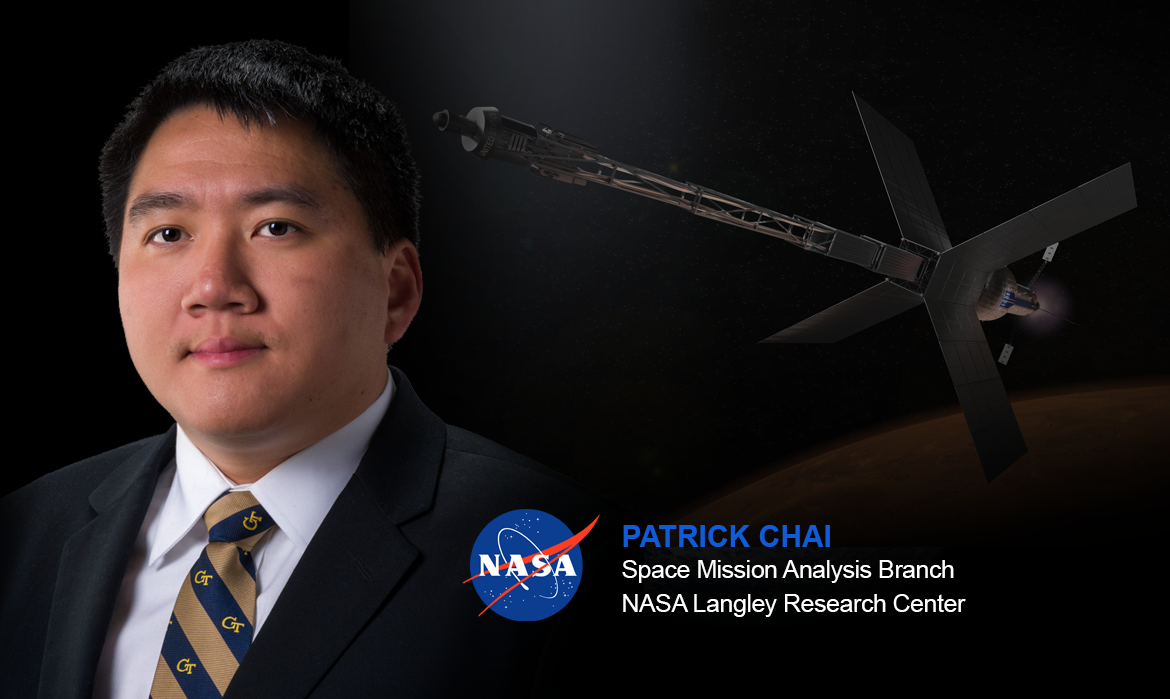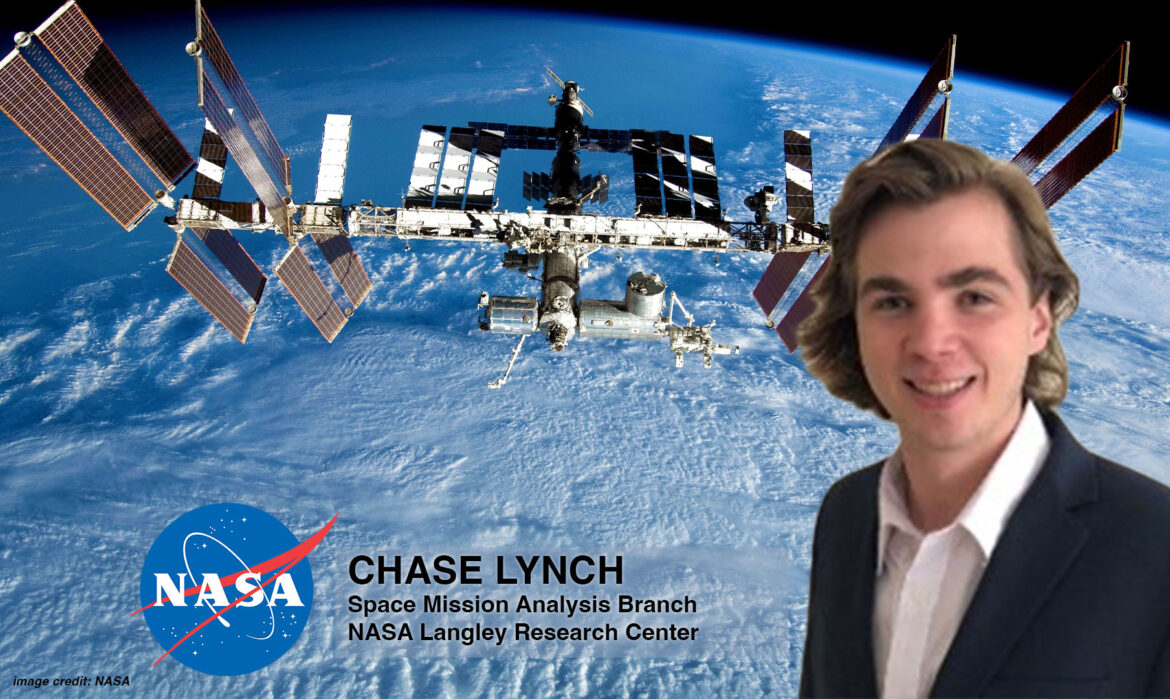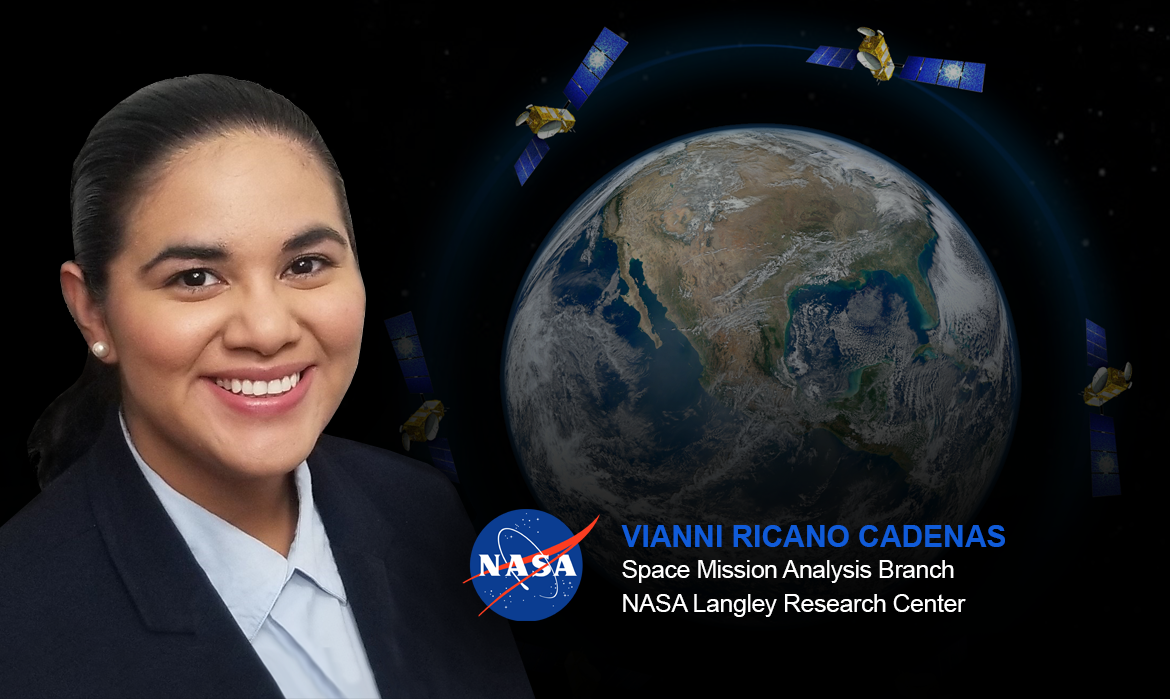Building a Gateway to the Future, featuring Sharon Jefferies
Establishing a sustainable presence on the Moon is a landmark goal of NASA’s Moon to Mars missions. Yet this goal is made up of many moving parts, requiring the cooperation of multiple programs and projects spanning several NASA centers, international space agencies, and commercial partners to create and launch different spacecraft. How do we ensure that these complex puzzle pieces fit together to accomplish NASA’s goals?
This is where Sharon Jefferies, an engineer with the Space Mission Analysis Branch (SMAB) at NASA’s Langley Research Center, and her team come in. “We don’t develop interfaces or make the agreements [between programs], but we help negotiate those designs and agreements by bringing the right technical experts and leadership together between the programs.” As the deputy lead for the Gateway Cross-Program Integration Team, Jefferies helps to ensure that the Gateway, a small space station that will orbit near the Moon, will integrate seamlessly with Orion, the Human Landing System, and any future spacecraft preparing to go to the lunar surface, Mars, or other deep space destinations.
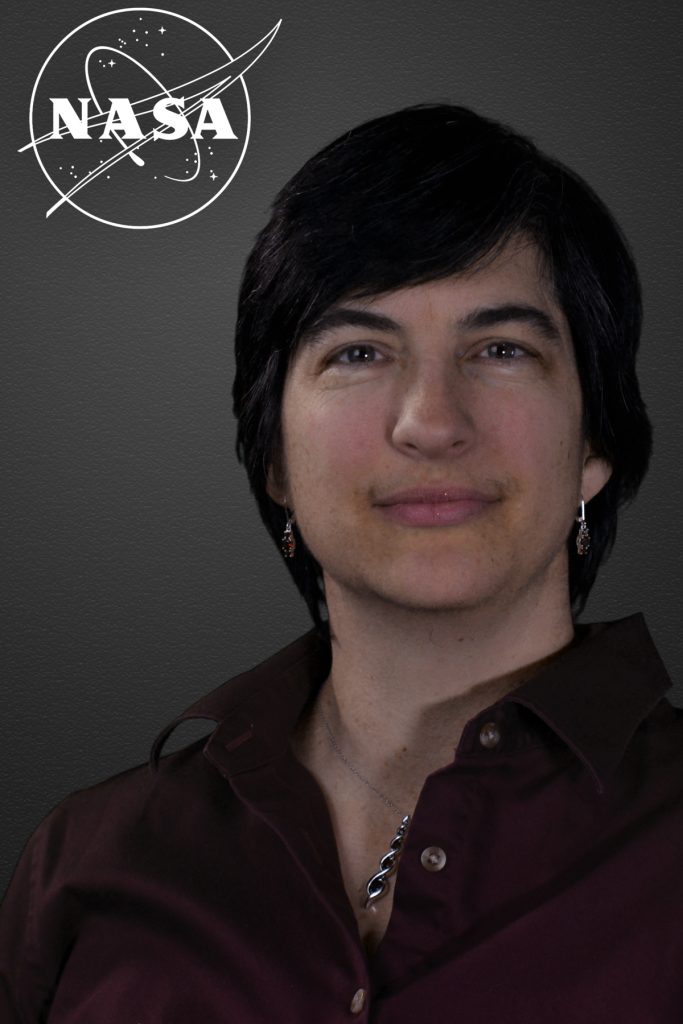
“Don’t close off opportunities just because they’re not quite what you thought you’d be doing.”
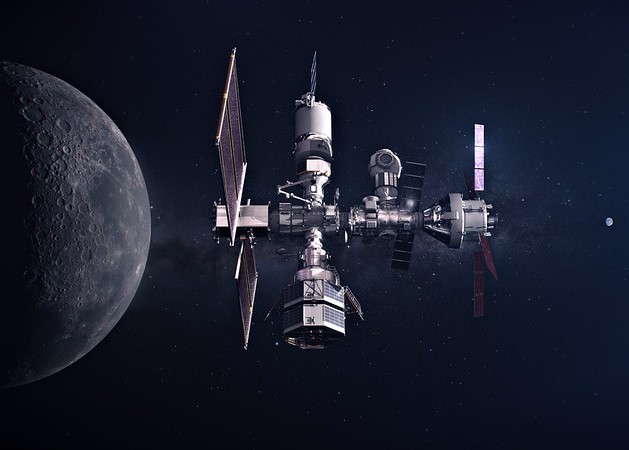
However, unlike the Space Launch System and Orion programs, which follow more traditional contracting methods with their commensurate budgets, “Gateway has always been a little bit of a different beast.” The Gateway, which will provide a place for robotic science utilization and for crew to have access to the lunar surface and deep space, is being developed as a series of contracted elements procured by NASA through “fixed price” contracts. As a result, the program itself has a smaller staff with leaner budget and has had to find ways to adapt the traditional NASA systems engineering process to this new paradigm. As Gateway will serve as a hub between Orion, the Human Landing System, and future spacecraft preparing to go to Mars or other deep space destinations, Jefferies and her team have been at the forefront of adapting cross-program integration processes to ensure effective definition and verification of requirements, interfaces, and operations across the different programs to enable these missions to come together.
Prior to leading the Gateway Cross-Program Integration Team, Jefferies often pondered the incongruity between the direction of NASA programs and SMAB exploration recommendations. One of the most profound lessons from working on NASA’s Gateway was that there are very good reasons why NASA’s programs function the way they do. “We [at SMAB] work on campaigns and architectures to provide insights that shape plans and influence decisions for human exploration, and then we wonder why the programs are still continuing steadfastly with the “old” direction. ” In her four years of leadership in Gateway, she has come to appreciate the answer— these programs work to baselined requirements that have real [schedule and budgetary] costs to making changes, so they cannot afford to react to all the shifts and turns being investigated at the strategic level. Instead, the programs wait for official direction to change their baseline, which drives their designs and assessments. Despite this stability, however, the programs are not blind to potential changes and they do continue to conduct trades and analyze new scenarios. Combining her new understanding of program execution and her close working relationship with other exploration leads in SMAB has provided Jefferies with opportunities for informing some of these trades by facilitating communication and coordination between the HEO Strategic Analysis team and Gateway that benefits both the program and the overall exploration strategy.
Much of Jefferies’ success as deputy team lead has come from using the insights she gained while integrating campaigns for human missions to the Moon and Mars. Complementing others who can bring detailed knowledge of NASA’s program lifecycle, she has leveraged her experience integrating systems and missions that achieve exploration objectives that span across decades. Yet Jefferies’ path to NASA has always seen her apply her skills to open new doors. While preparing to exit the Army, she wrote down a description of her dream job. As this dream involved working in the space industry, she pursued a graduate degree at the National Institute of Aerospace that would enable that goal. While doing so, she took a class that led to her participation in the Revolutionary Aerospace Systems and Concepts Academic Linkage (RASC-AL) challenge, co-sponsored by SMAB. That experience gave her the confidence to apply for a job opening within SMAB, which began her career at NASA. Months later, she revisited that ideal job description she had written and found that it almost perfectly matched her work at NASA.
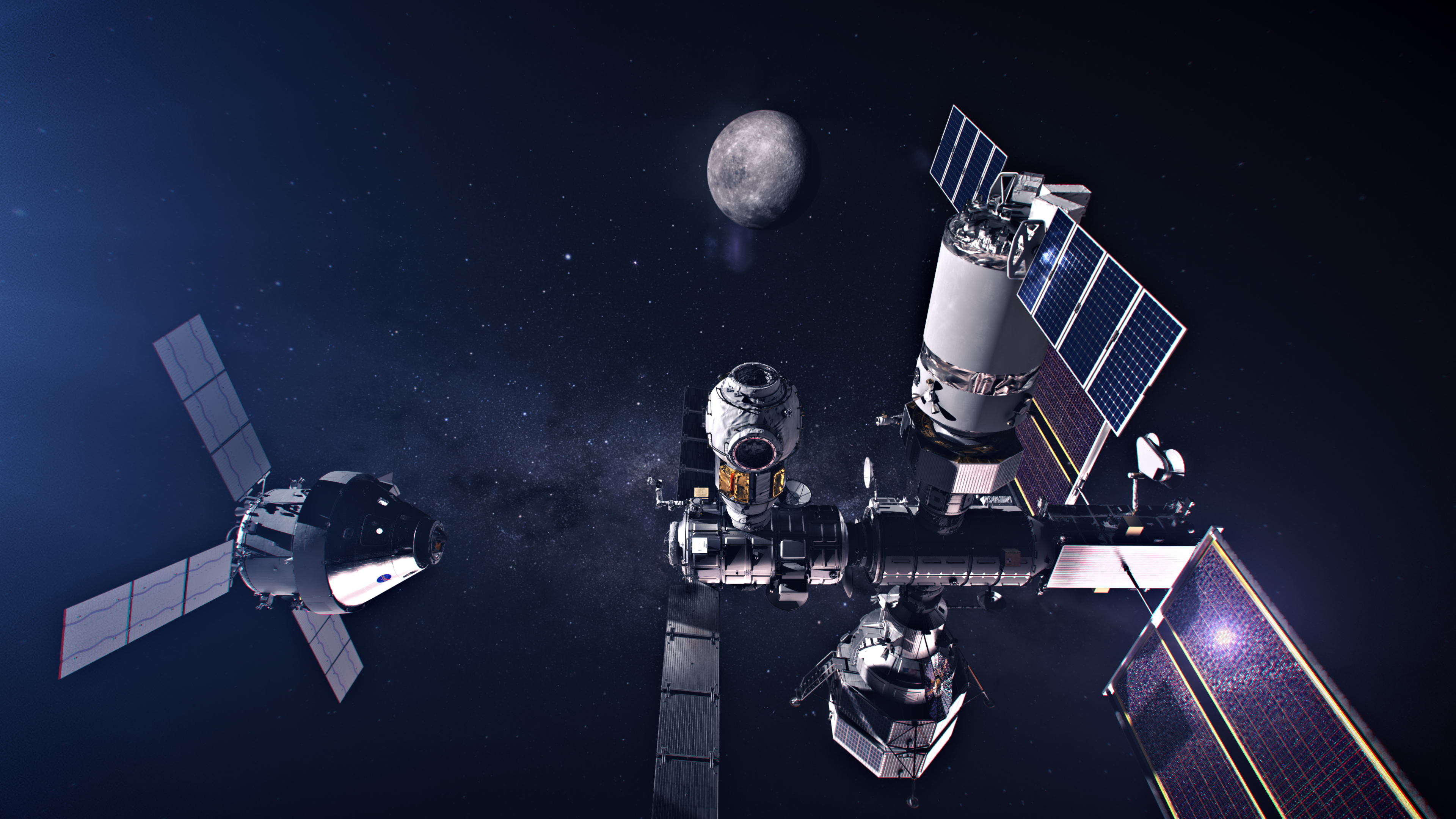
For much of her NASA career, Jefferies has worked on concepts to support and enable human space exploration. During the Constellation days, as part of the Lunar Architecture Team and then Lunar Surface Systems team, she contributed to the definition of lunar surface robotic and mobility systems, leading to her involvement with the Desert RATS (Research and Technology Studies) demonstrations and the RASC-AL Robo-Ops student competitions. She also provided a human exploration perspective in the Office of the Chief Technologist’s technology roadmapping activities in 2014 while on detail to NASA Headquarters. Returning to SMAB in 2015, she facilitated integration across the Evolvable Mars Campaign and led a reusability study for the Mars transportation system. When NASA shifted focus back to the Moon, she provided campaign analysis support to the NextSTEP Habitation Broad Agency Announcement that investigated concepts for a Gateway system in orbit near the Moon; when that activity evolved into the Gateway Formulation Activity in 2017, she was offered the opportunity to apply her well-honed integration and facilitation skills to provide cross-program integration for Gateway.
More than any other lesson from her time with Gateway, Jefferies has recognized the value of trying something new. “Stepping into program work from conceptual work was a big leap for me,” she notes, as she had never seen the detailed workings of a program before Gateway. Even though it wasn’t what she had first set out to do at NASA, she’s found it rewarding. By taking this leap, she found that “you get a wealth of experience, and it opens your eyes to a totally different side of the Agency” from what she had previously done. Her advice to her team applies across not just Gateway, but life. “Don’t close off opportunities just because they’re not quite what you thought you’d be doing. Be open to new experiences and opportunities, embrace the possibilities, and don’t sell yourself short when deciding if you are capable of succeeding at something new.”
Author/Contact: Chris Jones
Published: September 2021

